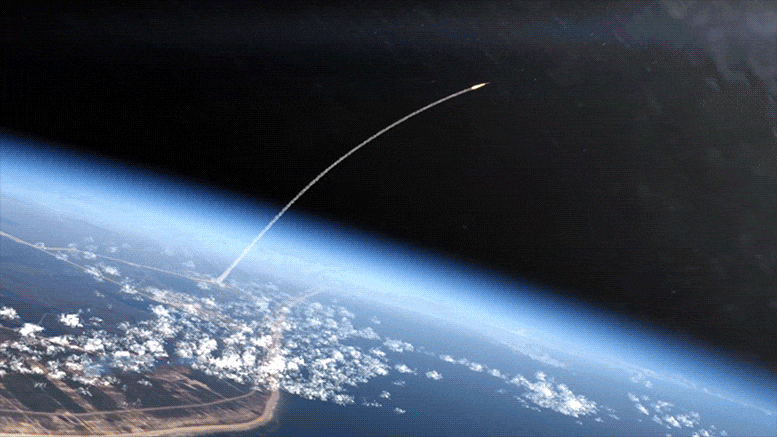
This week at NASA: A commercial cargo spacecraft safely arrives at the space station, where crewmembers conduct a spacewalk. Additionally, there is an update on plans to launch our Artemis I mission.
A commercial cargo spacecraft safely arrives at the space station …
Space station crewmembers conduct a spacewalk ….
And an update on plans to launch our Artemis I mission … a few of the stories to tell you about – This Week at NASA!
Commercial Cargo Spacecraft Docks to the Space Station
A SpaceX Dragon cargo spacecraft docked to the International Space Station on July 16, two days after launching from our Kennedy Space Center. The Dragon delivered more than 5,800 pounds (2,600 kilograms) of cargo, including nearly 2,500 pounds (1,100 kilograms) of scientific research. A few of the research projects include a study on the mineral composition of dust in the atmosphere and its effects on our climate, an investigation into the impacts of space travel on the human immune system, and a look at how microgravity affects the process of creating a concrete alternative made with an organic compound and silica, which is found in lunar and Martian dust. This was SpaceX’s 25th contracted commercial resupply mission for NASA.
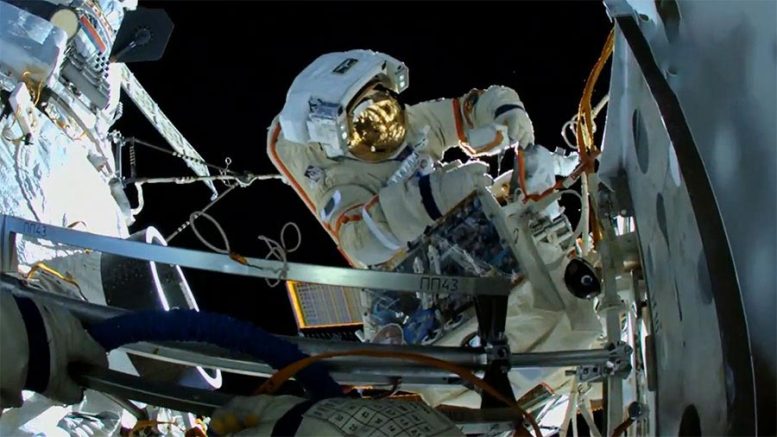
ESA (European Space Agency) astronaut Samantha Cristoforetti works outside the space station’s Russian segment to configure the new European robotic arm. Credit: NASA TV
Spacewalk Conducted Outside the Space Station
On July 21, Oleg Artemyev of Roscosmos and Samantha Cristoforetti of the European Space Agency conducted a spacewalk outside the space station to continue outfitting hardware on the Nauka multipurpose laboratory module, including the installation of platforms around the European robotic arm. Nauka and the European robotic arm were launched to the station last July from the Baikonur Cosmodrome in Kazakhstan.
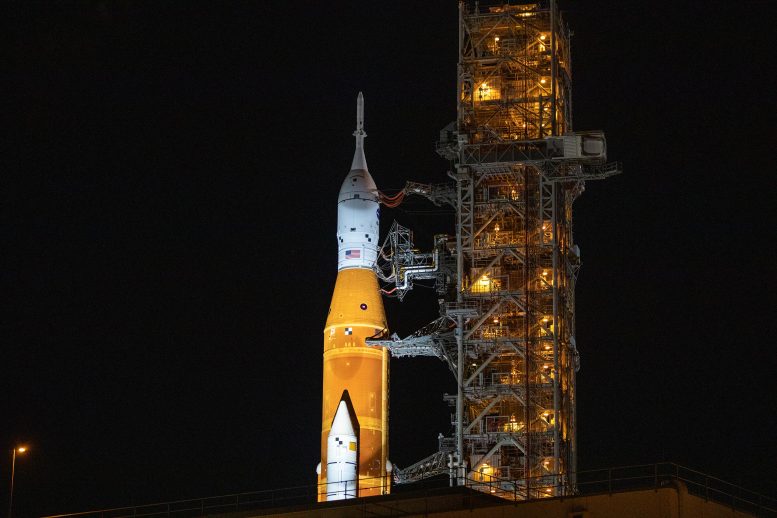
Seen here is a close-up view of the Orion spacecraft atop the Space Launch System (SLS) rocket as it rolls to Launch Complex 39B at NASA’s Kennedy Space Center in Florida on June 6, 2022. Credit: NASA/Ben Smegelsky
NASA Updates Launch Status of Artemis I Moon Mission
NASA leaders provided an update on July 20 on plans to launch the uncrewed Artemis I flight test around the Moon with our Space Launch System rocket and Orion spacecraft. While the agency has not yet committed to a formal target launch date, August 29, September 2, and September 5 are the dates currently on hold as potential launch opportunities. These dates help engineers manage the schedule and build mission timelines while work to prepare the rocket, spacecraft, and ground systems for the flight continues.
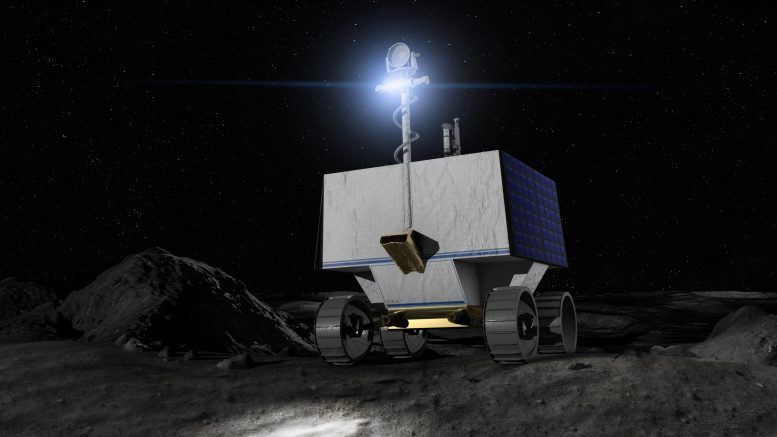
Illustration of NASA’s Volatiles Investigating Polar Exploration Rover (VIPER) on the surface of the Moon. Credit: NASA Ames/Daniel Rutter
NASA Replans Delivery of VIPER Moon Rover
NASA has asked teams working to deliver our water-hunting VIPER rover to the Moon to retarget delivery from November 2023 to November 2024. The decision to pursue a 2024 delivery date stems from the agency’s request to Astrobotic for additional ground testing of the company’s Griffin lunar lander, which will deliver VIPER to the Moon’s South Pole through our Commercial Lunar Payload Services, or CLPS initiative. The additional tests are aimed at reducing the overall risk involved with delivering the rover to the Moon. VIPER’s mission will provide insight into the origin and distribution of water on the Moon and help determine how lunar resources could be harvested for future human space exploration.
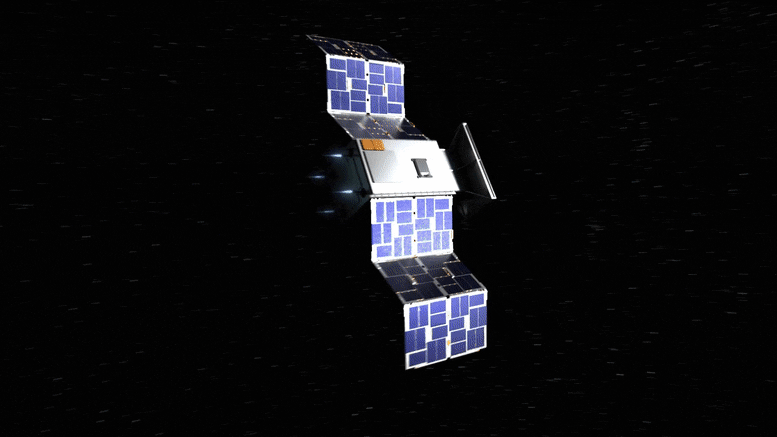
The Cislunar Autonomous Positioning System Technology Operations and Navigation Experiment, or CAPSTONE, is a CubeSat that will fly a unique orbit around the Moon intended for NASA’s future Artemis lunar outpost Gateway. Its six-month mission will help launch a new era of deep space exploration. Credit: NASA Ames Research Center
Follow CAPSTONE’s Journey to the Moon in Real Time
Our recently launched CAPSTONE CubeSat is targeting late July for its next trajectory correction maneuver. It will make several more adjustments on its four-month-long journey to the Moon. NASA’s Eyes on the Solar System can take you on a virtual ride-along with CAPSTONE. This 3D interactive data visualization tool provides a simulated real-time view of our solar system that is based on real data. The positions of the planets, moons, and various spacecraft – including CAPSTONE – are all shown where they are right now. It is one of several interactive web apps you can check out at eyes.nasa.gov.
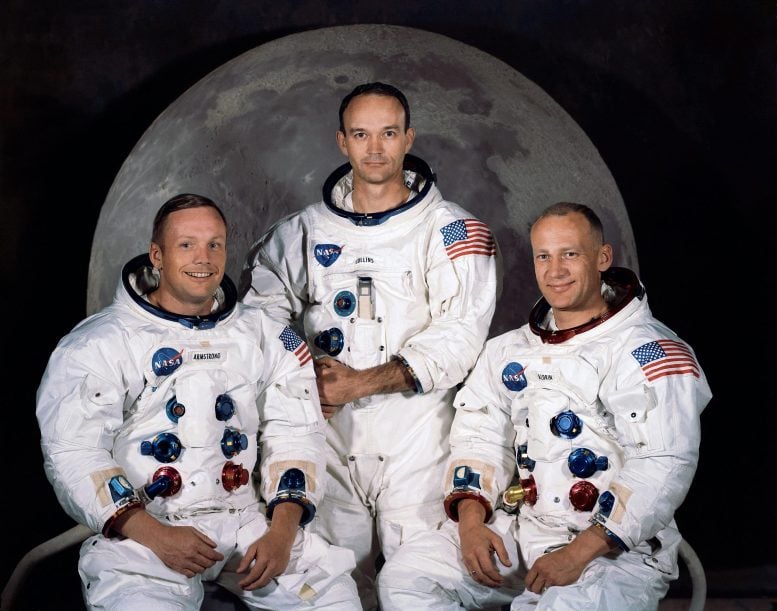
Official crew photo of the Apollo 11 Prime Crew. From left to right are astronauts Neil A. Armstrong, Commander; Michael Collins, Command Module Pilot; and Edwin E. Aldrin Jr., Lunar Module Pilot. Credit: NASA
Apollo 11 Moon Landing Anniversary
On July 20, we recognized the 53rd anniversary of the Apollo 11 Moon landing. On that date in 1969, NASA astronauts Neil Armstrong, Buzz Aldrin, and Michael Collins made history. While Collins orbited the Moon in the mission’s command module, Armstrong and Aldrin safely landed the “Eagle” lunar module in the region of the Moon known as the Sea of Tranquility. They later exited the lunar lander to become the first humans to set foot on the surface of the Moon.
That’s what’s up this week @NASA!


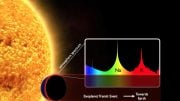



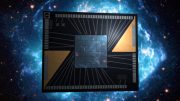

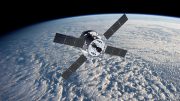
Be the first to comment on "This Week @NASA: SpaceX Dragon Cargo Spacecraft, Artemis I Update, VIPER Moon Rover"